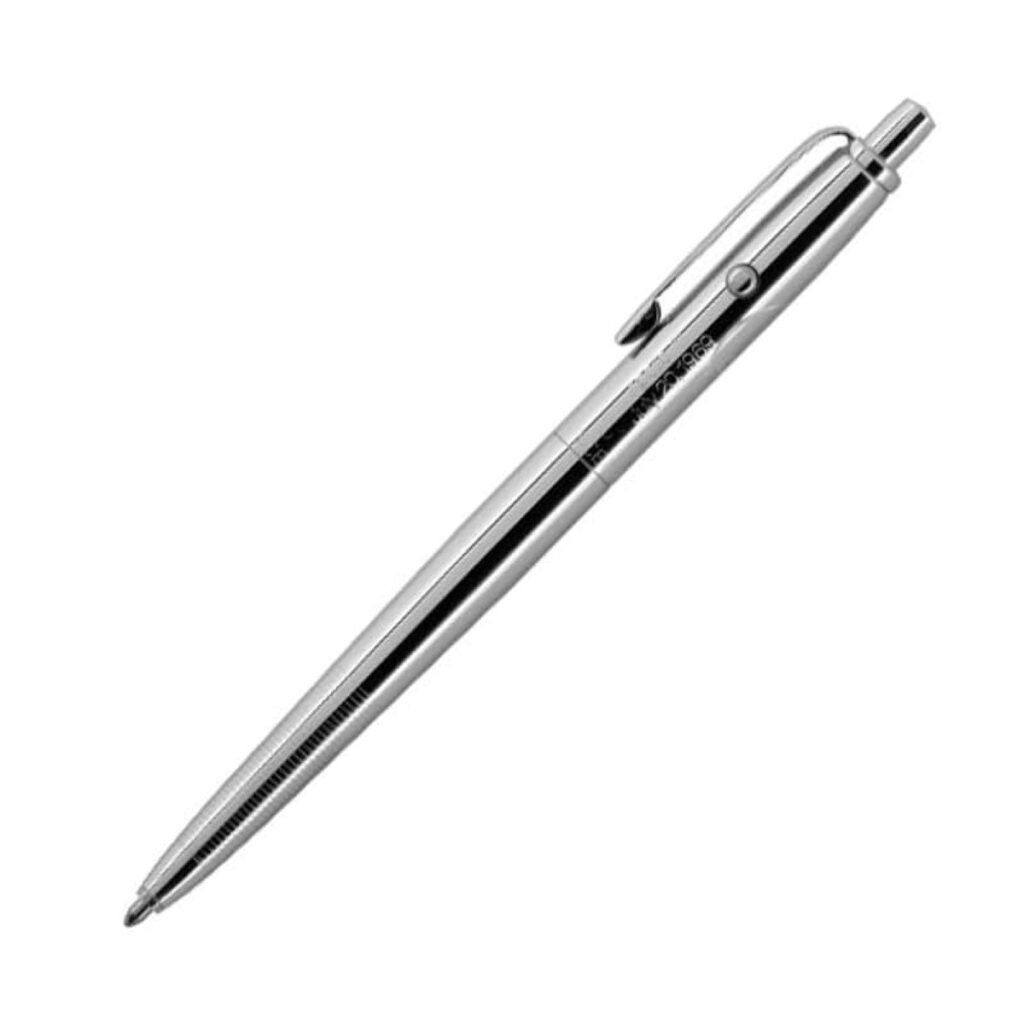
Short answer: no, this is not true. It is an urban myth that is easy to root for and, therefore, hard to kill off. It is easy enough to debunk, though.
But before you go, let’s find out where the space pen actually came from, how much it cost to develop for the maker, and how much NASA paid to get them.
Stick around; I’ll make it brief.
The Myth
In the days of the space race, as Americans stared down the barrel of a potential space race loss to the Soviets, legend has it that NASA scientists figured out, somehow, that regular pens could not work as well in space. They needed a new way to write in space safely.
So, they dipped into taxpayer coffers and showered a space pen development program with millions of dollars to create a pen that could write in zero gravity.
On the other side of the world, their Soviet counterparts, the story goes, simply gave their cosmonauts pencils.
It was a simple enough story to repeat if you heard it, and a dunk on the imperialist Americans was a welcome story for many. The myth became so ubiquitous that it appeared in a 2002 episode of West Wing.
What Did They Initially Use?
NASA, like the Soviet Cosmonauts, used pencils and ordered 34 mechanical pencils from Houston’s Tycam Engineering Manufacturing company in 1965 for a reported cost of about $128.89 per pencil. When these prices were made public, the taxpayers cried foul, and they were right to.
The government was not exactly shy about its desire to win the space race, and that was reflected in the highly loose purse strings (ah, the good old days when public programs led innovation and research instead of self-serving elites with more money than Mansa Musa.)
Additionally, the pencils ended up being unsafe. Their tips can break off or flake. Since they are made of graphite, an excellent conductor of electricity, scientists were worried about these pieces floating into electronics at zero G and starting a fire. The Apollo 1 fire was fresh in their minds.
Who Made The Pen?
That honor goes to Paul C. Fisher of the Fisher Pen Company. He reportedly put $1 million of his own money into creating what is now known as the space pen. None of the investment money came from NASA’s purse this time.
The agency only became part of the story after the pen had been conceived. In 1965, Fisher patented his pen. It could write upside down, in extreme cold or heat (as low as minus 50 degrees F and up to 400 degrees F), underwater, or in other liquids.
NOTE: When it got too hot, the ink would turn green from its typical shade of blue.
Unlike ballpoint pens that use gravity to get ink to the tip, Fisher’s pen uses a cartridge of pressurized nitrogen at 35 pounds per square inch, which pushes the gel-like ink to the tungsten carbide ball tip.
The ink stays solid until the movement of the ballpoint turns it into a fluid. The pressurized nitrogen also prevents air from mixing with the ink, preventing oxidization and evaporation.
How Much It Cost NASA
When he offered the Anti-Gravity pen to NASA, they were unsure of its efficacy and tested it for a while before ordering a batch of 400 pens for the Apollo program.
The Soviets would order 100 pens and 1,000 ink cartridges to use on their Soyuz space missions, according to United Press International. According to a report by the AP, both NASA and the Soviet Space Agency got a 40% discount for purchasing their pens in bulk.
They paid about $2.39 per pen instead of $3.98.
You Can Get One Today
Since their invention, Fisher pens have become a mainstay for American astronauts and Russian cosmonauts. Fisher has created a new line of space pens, including the Shuttle Pen, which was used on the space shuttle missions and the Russian space station.
You can get one for use on earth and underwater for a somewhat reasonable $58 on Amazon at the time of writing this (March 14th, 2025). You can also check the official Fisher Space Pen website.









